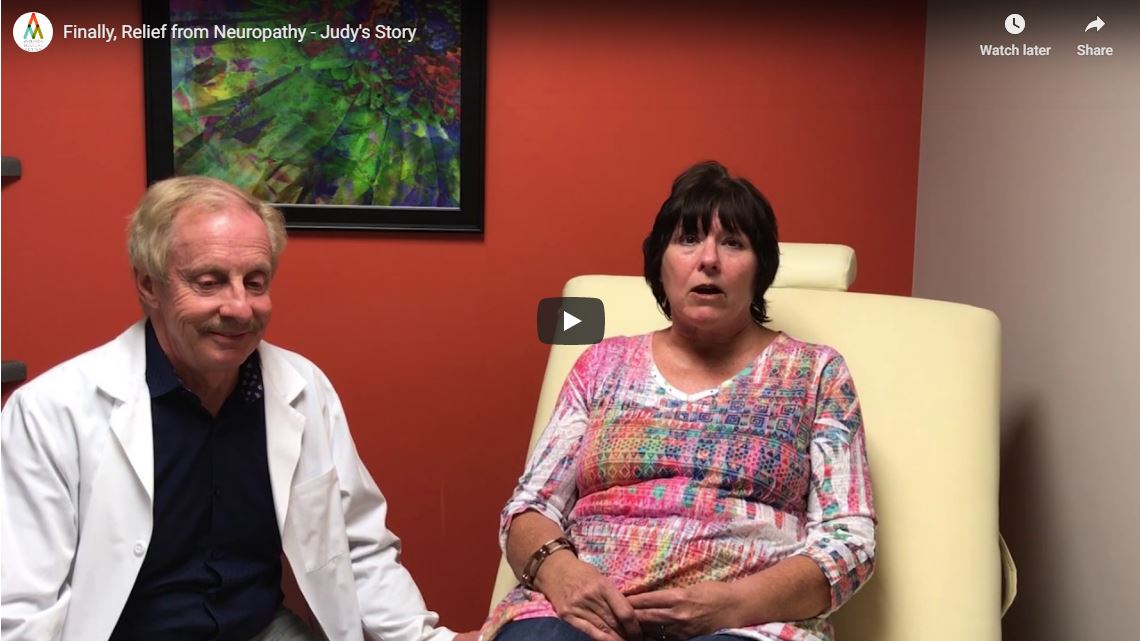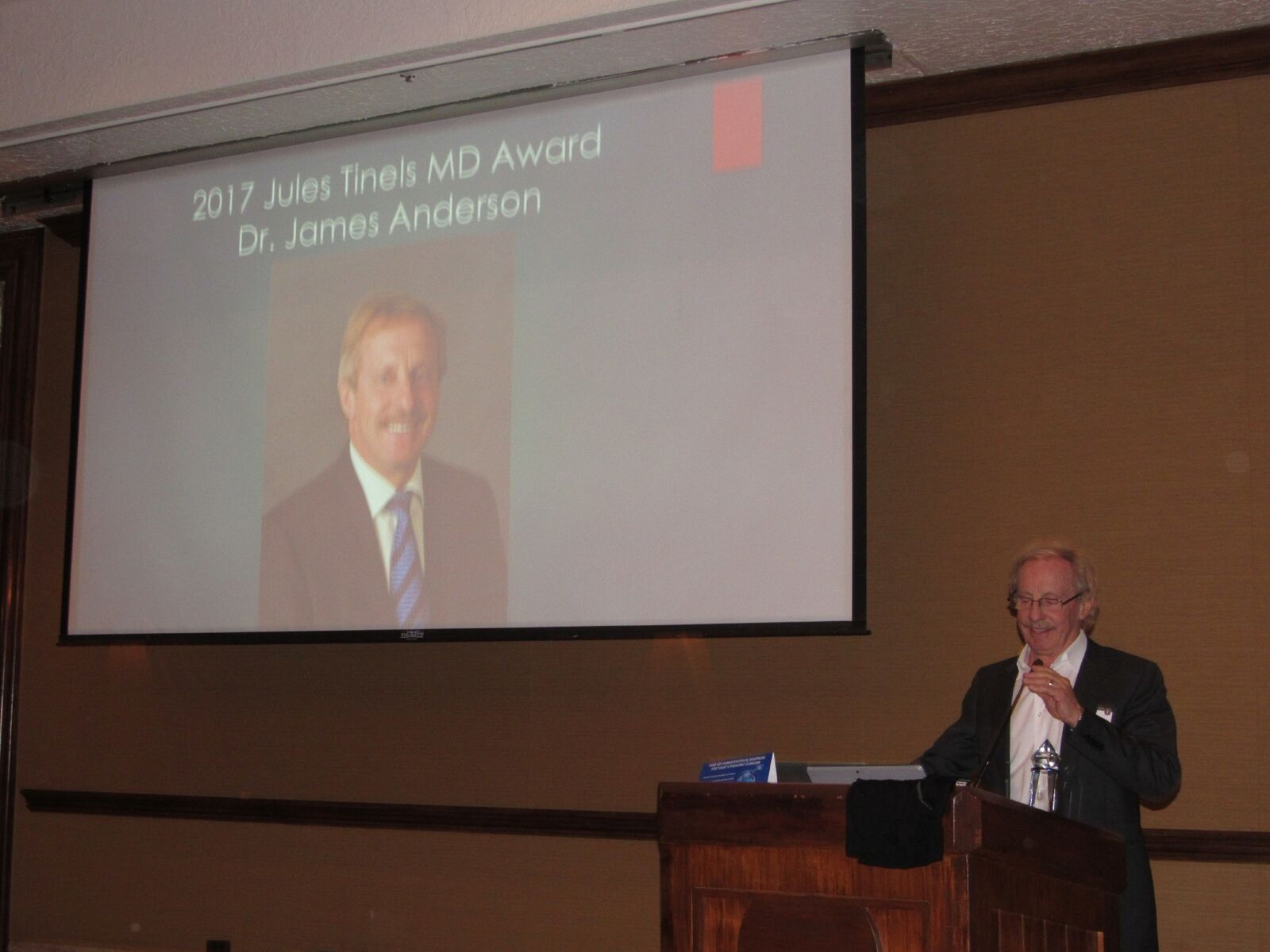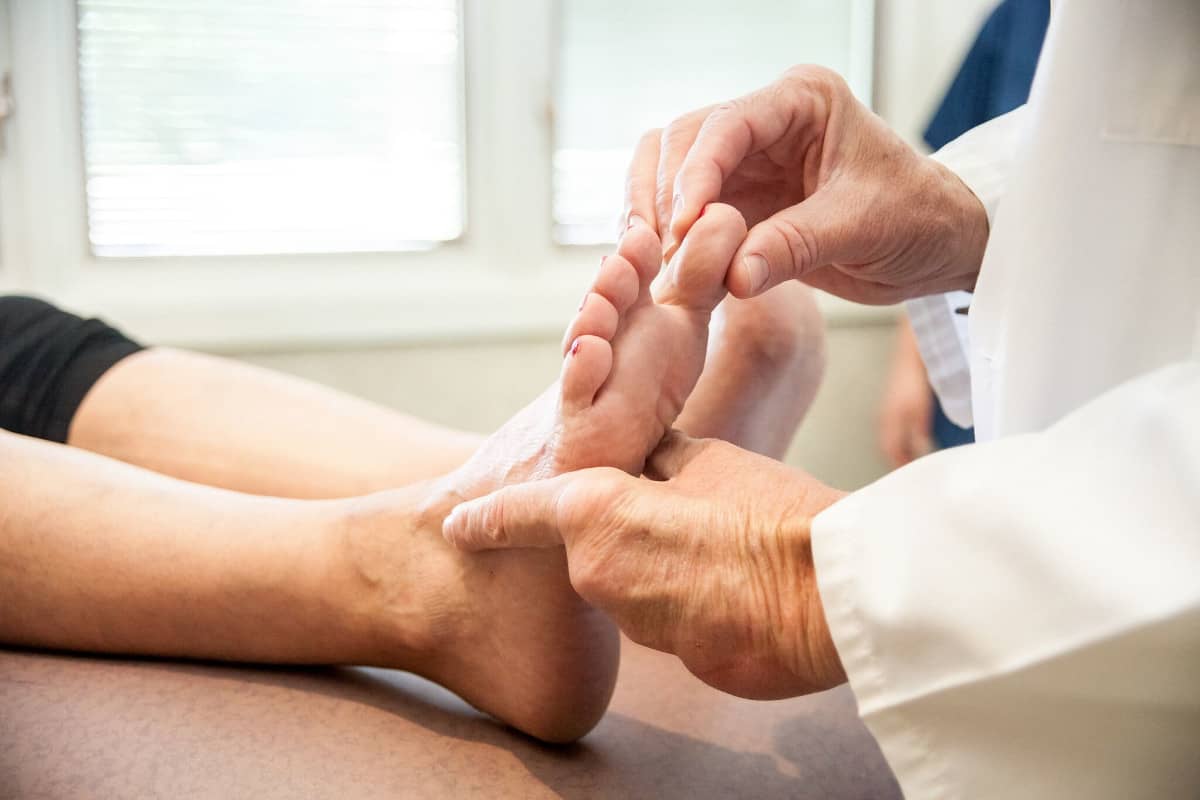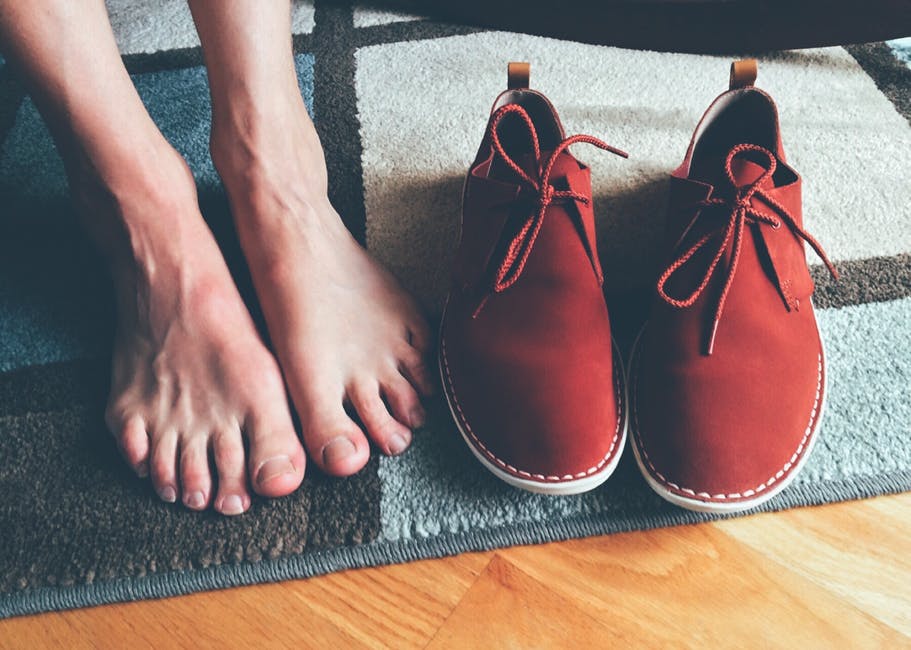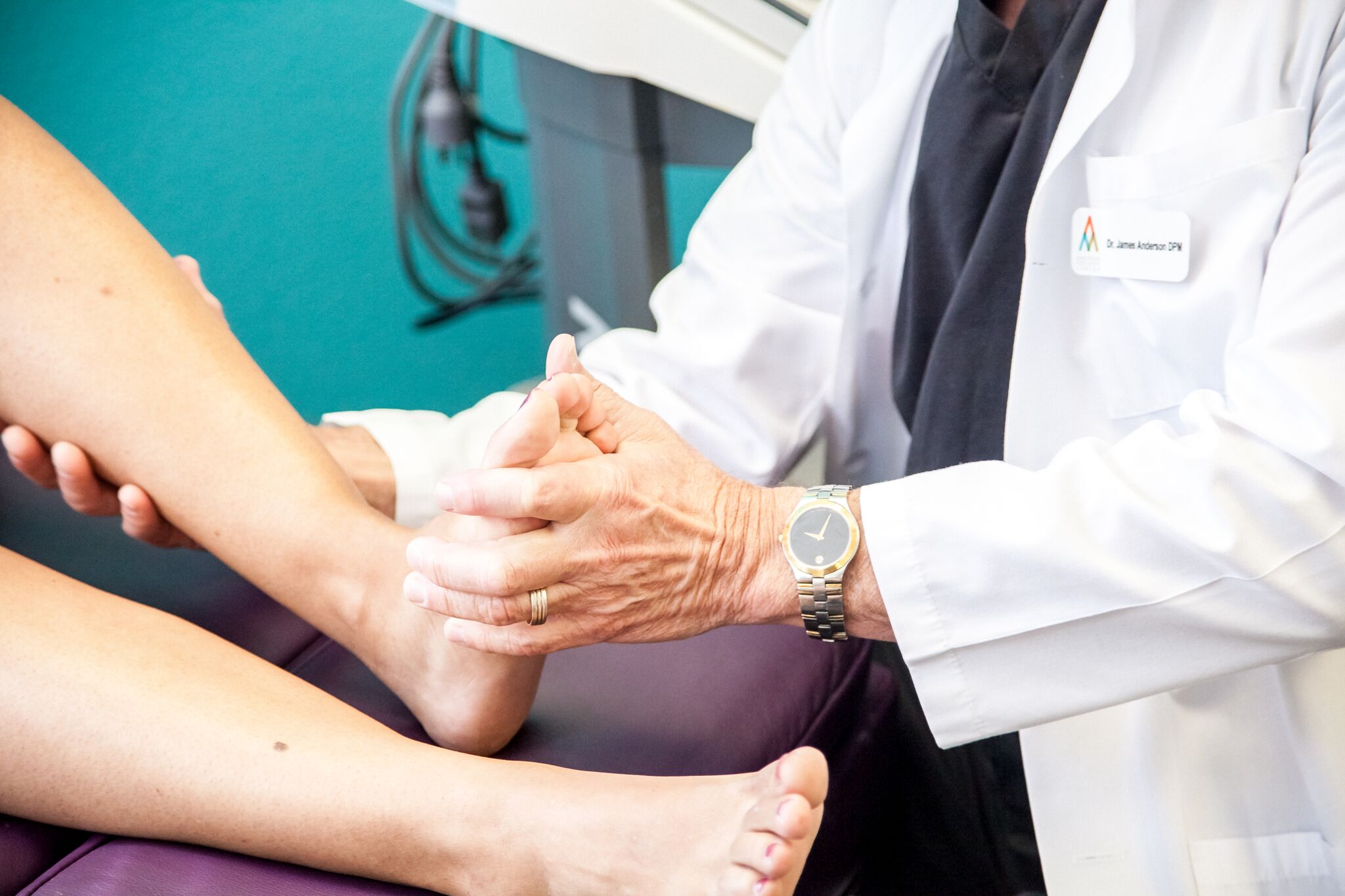Judy Schmidt was at the end of her rope. After more than 20 years of debilitating neuropathy, countless doctors’ appointments, and pain that just wouldn’t let up, she was ready to quit. Finally, she found hope for her neuropathic pain.
Life Before Neuropathy
Judy was a woman with a life. She had run a successful business for more than 30 years, and had no plans to stop. She was a wife and a mother, and had a very active social life. She walked five miles every night, and loved to dance with her husband. Life was good as she experienced no symptoms of peripheral neuropathy.
A Devastating Diagnosis
Suddenly, Judy started to feel burning in her feet. “It just kept getting worse and worse. I went to the doctor, and he said I had neuropathy, or tarsal tunnel syndrome,” Judy says.
“The pain was getting so bad that I couldn’t sleep at night, and I had to go on narcotics. I eventually had to end my career five years earlier than I wanted to because the pain was so severe.”
In a Wheelchair
“I ended up in a wheelchair because I just couldn’t walk any more. I couldn’t drive, I couldn’t go to the store. And, I couldn’t feel my feet anymore, yet I was in excruciating pain 24/7,” Judy says.
She tried everything. Acupuncture, chiropractic care, medication. “They recommended that to reduce the pain we put a pain pump in my stomach to release medicine constantly in my system, and I refused,” says Judy.
She was ready to travel across the country for treatment. “I tried to get into several major hospitals, but they said there was nothing they could do for me.”
Ready to Give Up
“I became a recluse,” Judy recalls, “I didn’t go out with friends anymore, because I couldn’t walk and keep up with the social activities.”
After two nervous breakdowns from being in nonstop pain, and a diminished quality of life, Judy was ready to give up on her nervous system and peripheral nerves. “I’m not that kind of person, I always try to stay very positive and think there’s someone out there who has it worse than me. But, the pain wears you down mentally, and I just got to the point I didn’t want to live anymore.”
A Daughter Steps In
Judy’s daughter Tammy saw that her mom was on a downward spiral. “I felt that I was losing my mom and it was time to do something,” Tammy says. As a nurse who had spent 20+ years in the medical field, Tammy was determined to find a solution.
She went online, did her research, found Dr. Anderson, and made an appointment.
Finally, Joy
Both of Judy’s daughters made the trip from Colorado Springs to Fort Collins to take Judy to see Dr. Anderson, and they finally felt like they had a solution. “They believed in him immediately, and they were dancing in the exam room,” Judy says.
Dr. James Anderson, DPM, says “Judy was suffering from severe neuropathy and nerve pain, and was a great candidate for nerve decompression surgery in both legs.”
Nerve decompression surgery takes less than an hour, patients can walk the next day, and most patients experience little to no pain during recovery.
Judy’s Life Today
Just a few weeks after surgery, Judy came back to see Dr. Anderson, and this time, she was crying tears of joy.
“I moved my toes for the first time in twenty years. I felt the pedal of the car, and carpet under my toes, and I can walk!”
Judy is back to living: walking, driving, grocery shopping, and of course, spending time with her daughters. She is building up her strength again after so many years of not being able to stand and walk.
“To me, this is a miracle,” Judy says, “ I feel like I have my life back, and I am so grateful to Dr. Anderson. My husband and I are going to be dancing again by the end of the year.”
—————————————————————
